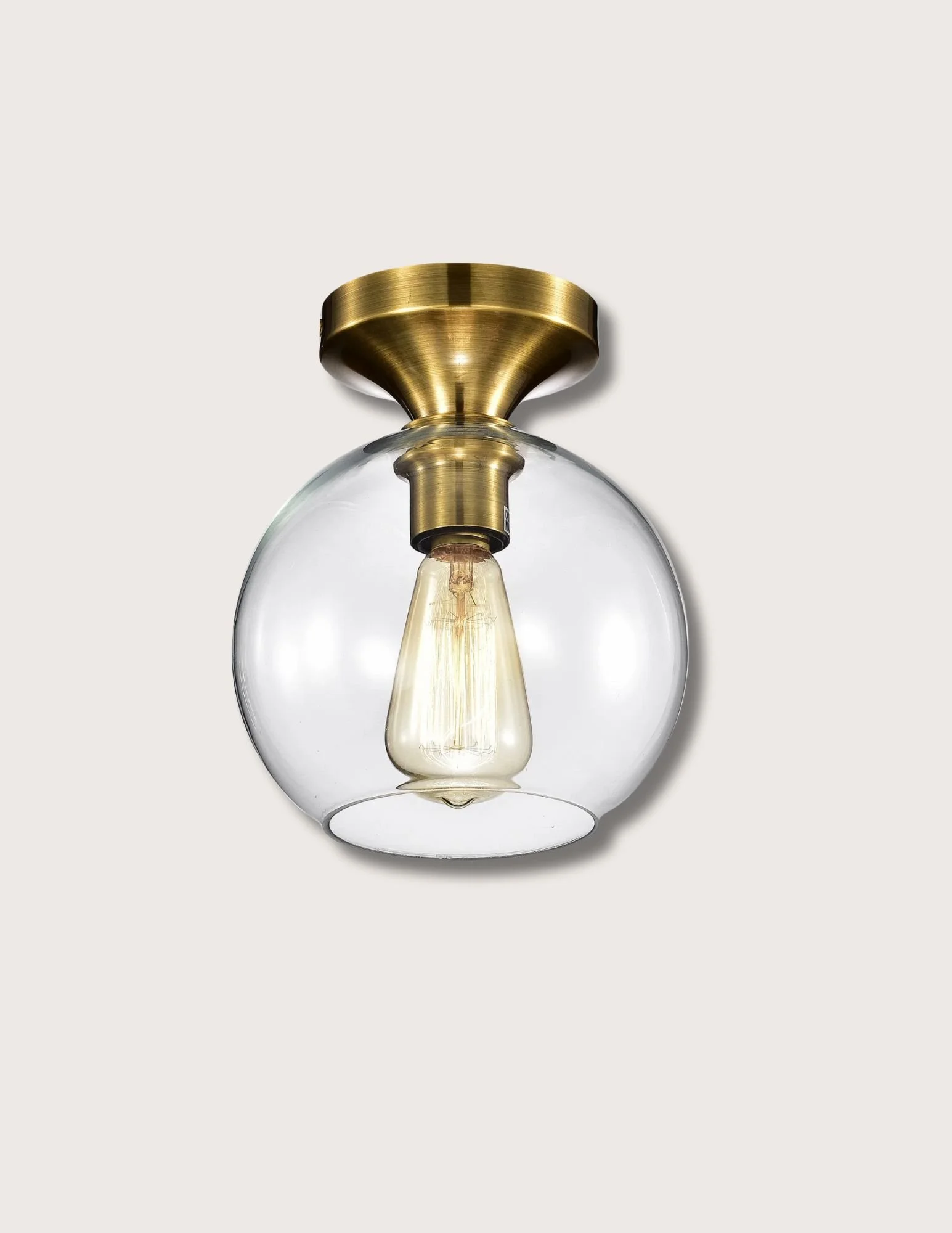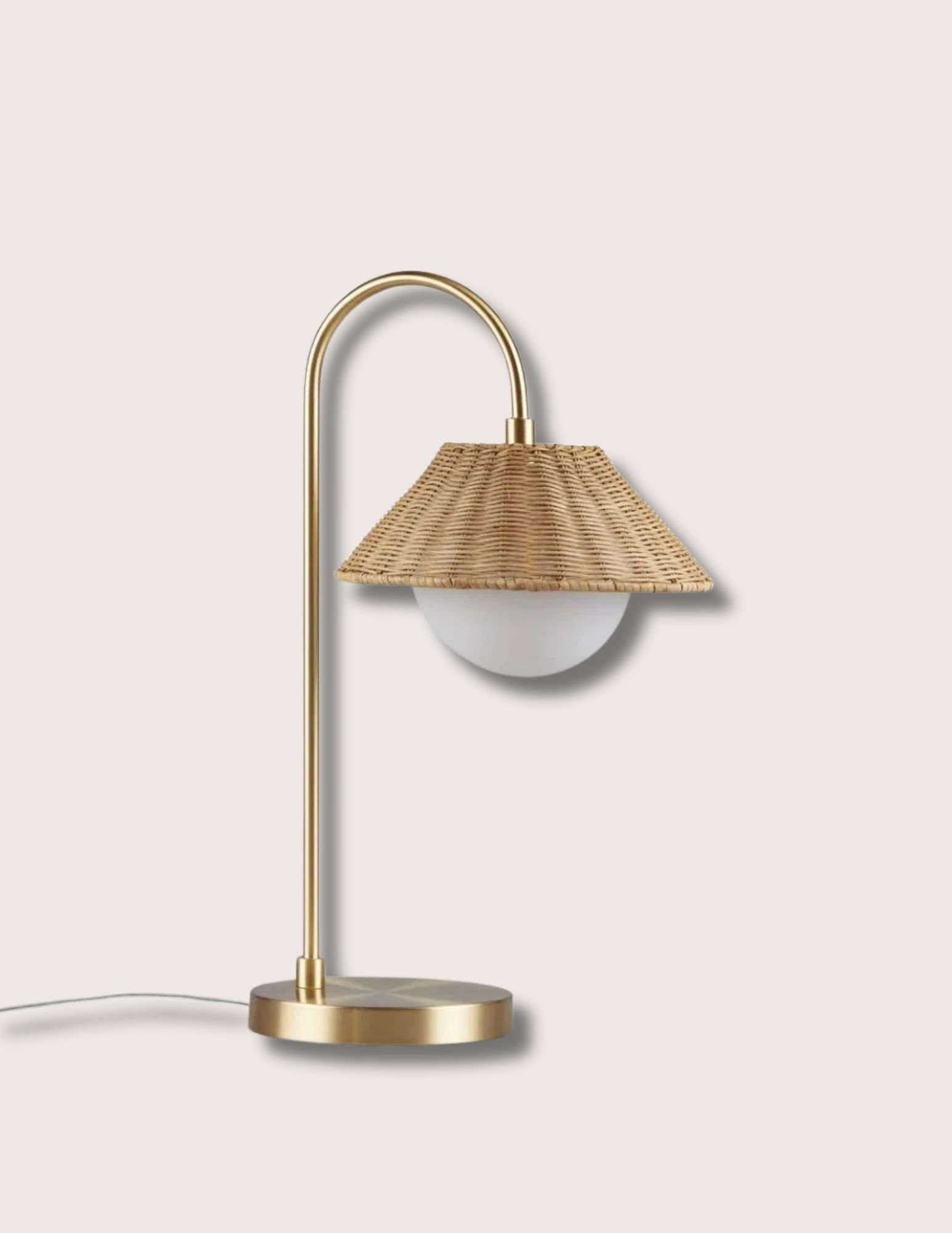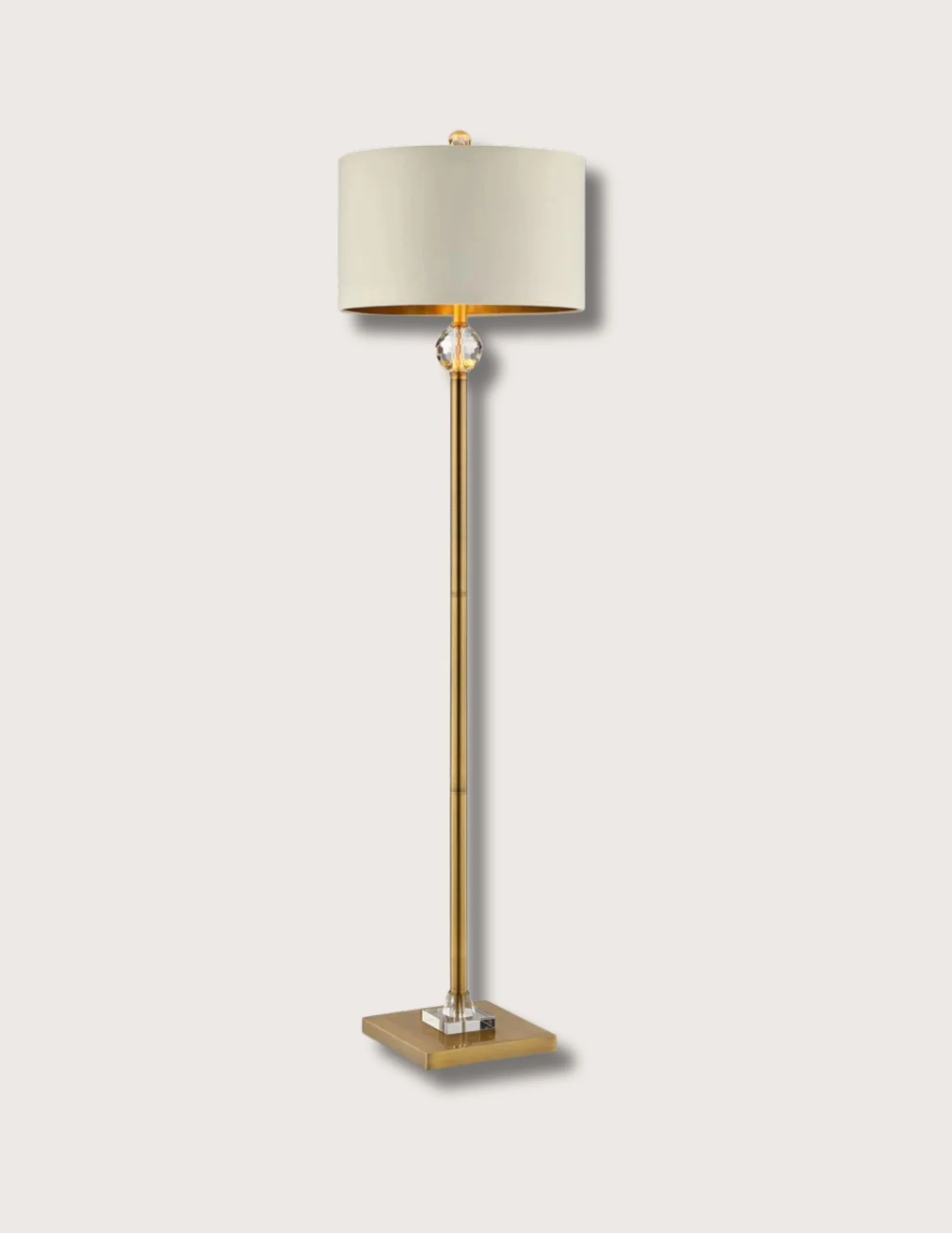 Image 1 of 5
Image 1 of 5

 Image 2 of 5
Image 2 of 5

 Image 3 of 5
Image 3 of 5

 Image 4 of 5
Image 4 of 5

 Image 5 of 5
Image 5 of 5






Faux Olive Tree
Details
With lush leaves in varying shades of green and accents of faux olives, this tree adds a striking yet relaxed touch to any space. Crafted from high-quality materials by expert horticulturists, our Faux Olive Tree is the perfect addition to any room. Customize the tree by bending the branches into a form that works for you. Standing in a potted nursery planter, you can even customize the tree by placing it in your choice of one of our modern planters. We offer this tree in several sizes, including a 5 foot, 6 foot, 7 foot, 8 foot, or extra tall 10 foot version. Create a stunning display piece for the living room, entryway, or bedroom with the Faux Olive Tree.
Editors' Note
Olea Africana, also known as the African wild olive, has been cultivated and protected by the Maasai people of East Africa for generations. The plant, that can be discovered growing wild in the forest, holds special significance, used for important ceremonies, and for the preservation of food. A symbol of holiness and solemnity in Maasai culture, the plant is an important part of a rites of passage ceremony where young warriors scout the forest for a healthy, growing olive tree without any signs of disturbance. Once identified, the warrior committee sends a delegation of 49 men into the forest for the identified olive, and once discovered extricate the olive tree down to its roots using bare hands, which can take an entire day. Carrying the olive tree back, shoulder high, young warriors attend the manyatta - a big circle enclosure that houses approximately five thousand people, mostly warriors, their mothers, and some elders. The elders then light the tree on fire, symbolizing the beginning of the new age group, stability, and integrity, owing to the character and spirit of the tree. Throughout the olive burn, warriors spend the night outside to guard it from any external forces that may not wish them well. Symbolic of good omens and healing, the African wild olive is a longstanding part of Maasai culture.
Details
With lush leaves in varying shades of green and accents of faux olives, this tree adds a striking yet relaxed touch to any space. Crafted from high-quality materials by expert horticulturists, our Faux Olive Tree is the perfect addition to any room. Customize the tree by bending the branches into a form that works for you. Standing in a potted nursery planter, you can even customize the tree by placing it in your choice of one of our modern planters. We offer this tree in several sizes, including a 5 foot, 6 foot, 7 foot, 8 foot, or extra tall 10 foot version. Create a stunning display piece for the living room, entryway, or bedroom with the Faux Olive Tree.
Editors' Note
Olea Africana, also known as the African wild olive, has been cultivated and protected by the Maasai people of East Africa for generations. The plant, that can be discovered growing wild in the forest, holds special significance, used for important ceremonies, and for the preservation of food. A symbol of holiness and solemnity in Maasai culture, the plant is an important part of a rites of passage ceremony where young warriors scout the forest for a healthy, growing olive tree without any signs of disturbance. Once identified, the warrior committee sends a delegation of 49 men into the forest for the identified olive, and once discovered extricate the olive tree down to its roots using bare hands, which can take an entire day. Carrying the olive tree back, shoulder high, young warriors attend the manyatta - a big circle enclosure that houses approximately five thousand people, mostly warriors, their mothers, and some elders. The elders then light the tree on fire, symbolizing the beginning of the new age group, stability, and integrity, owing to the character and spirit of the tree. Throughout the olive burn, warriors spend the night outside to guard it from any external forces that may not wish them well. Symbolic of good omens and healing, the African wild olive is a longstanding part of Maasai culture.
Additional Details
Artificial Olive Tree
Color: Green
Made to order
Ships within the continental US in 7-10 business days
Dimensions:
5 foot: H: 5 Ft. W: 18 In. D: 18 In. Pot Size: H: 5 In. W: 6 In. D: 6 In.
6 foot: H: 6 Ft. W: 23 In. D: 16 In. Pot Size: H: 5 In. W: 6 In. D: 6 In.
7 foot: H: 7 Ft. W: 24 In. D: 24 In. Pot Size: H: 7.5 In. W: 9 In. D: 9 In.
8 foot: H: 8 Ft. W: 24 In. D: 24 In. Pot Size: H: 7.5 In. W: 9 In. D: 9 In.
10 foot: H: 10 Ft. W: 24 In. D: 24 In. Pot Size: H: 9.5 In. W: 11 In. D: 11 In.



















